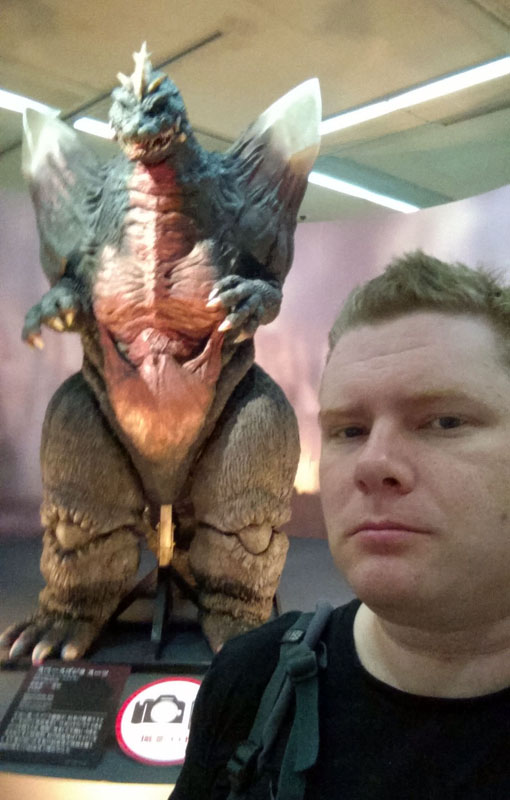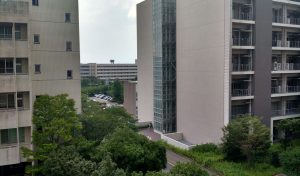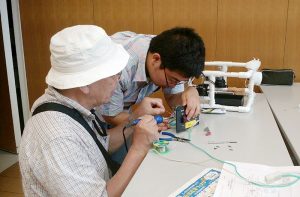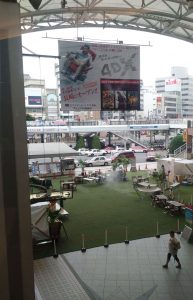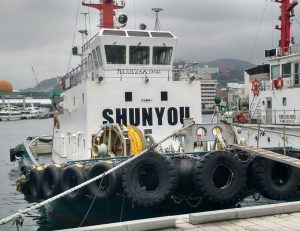Today is a public holiday in Japan, and the campus was nearly deserted. I was still there, because when you only have six weeks to complete a project, you can’t take too many days off! This has been a delight, because the supercomputer has not been as busy as usual. I’m now back in my hotel, and thinking about how much easier this trip is now than it would have been ten years ago, in two specific ways:
One is smartphones and the technology of the apps on them. With Google Maps, I have little fear of getting lost in a place where I can’t read the signage, and with a combination of that and a local app, I have a good handle on public transport, without needing to read Japanese maps or timetables. With Google Translate, and in particular its ability to read text from a photo, I can usually take a pretty good guess at what a label or notice is saying. It’s also replaced my need for a phrasebook; I have one in my bag, but mostly just google the translation instead.* This causes much laughter as Google gets it wrong, but also understanding as Google gets it close enough. More mundanely, it’s nice to always have the ability in my pocket to show somebody pictures of home – photos from Orkney are a great icebreaker.
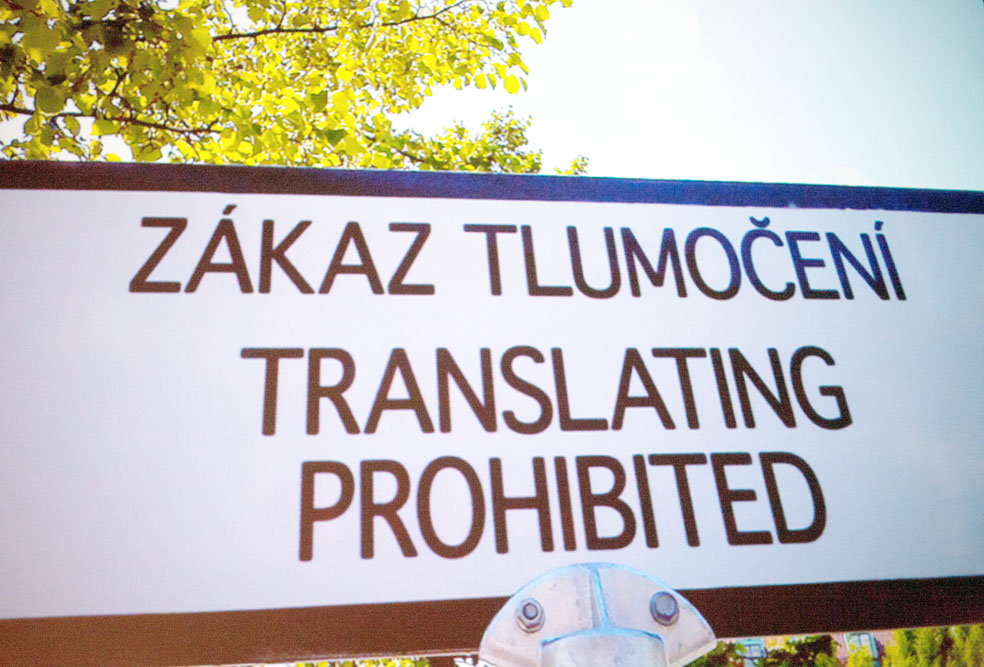
Original image CC-by by Flickr user Roland
The second change is in communications. There’s an important meeting happening at my home university in Edinburgh today, and I’m planning to connect to it via Skype in a few hours time – which is why I was musing this topic in the first place. The time zones are awkward, but otherwise it’s no different to connecting from the Orkney campus as usual.
There would be bigger changes if one went back further, of course. Twenty years ago I’d have been reliant on guidebooks, leaflets, tourist offices and so on – there wouldn’t have been the plethora of information on the web (although even now it isn’t ubiquitous in English). And of course the prevalence of English is in itself another change that makes life easier for brits, in a mildly embarrassing way – albeit one that has not come to Japan so much as many other places.
* Other mapping and machine translation packages are available.

